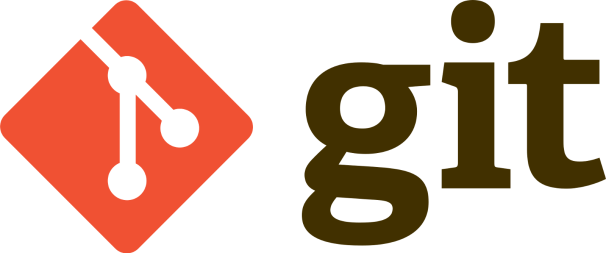--Originally published at Hackerman's house
Code review (also called peer review) is a software quality assurance activity in which one or more developers check a program by reviewing and reading parts of its source code. At least one of the reviewers must not be the code’s author, the purpose of this is to have another point of view, and different ideas to judge the code in a more objective way. The people performing the checking (except for the author of the code) are called reviewers.

The main objective of this process is to detect quality problems, although it can be used to reach more goals. Better code quality: improve the readability, maintainability and understandability. Finding defects: finding performance problems, security vulnerabilities among other flaws. There are many more goals that can be achieved through this process, but the general idea is to create better software and to avoid errors.
Types of review processes
Formal inspection
This is the traditional method of review. Software developers attend a series of meetings where the code is reviewed line by line. This method has been proven to be very effective in finding defects in the code.
Regular change-based code review
This is a more lightweight type of code review. This type uses something called Version Control, it is basically a system that records changes to a file or a set of files over the time. Github is one of the most popular applications that does this; the developers are constantly checking the changes made by every member of the team. They can see who is the responsible for the code and they can check it, but they do not dedicate the time to read it line by line.

